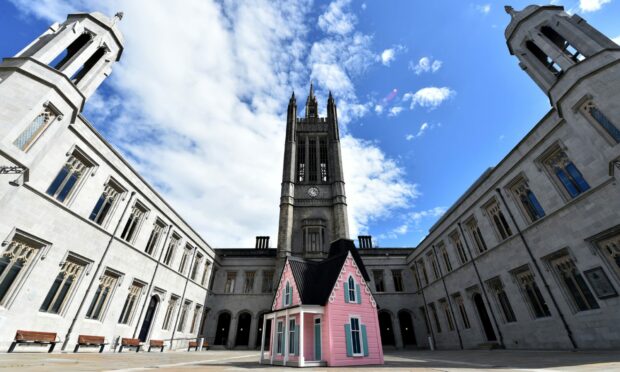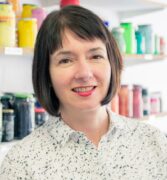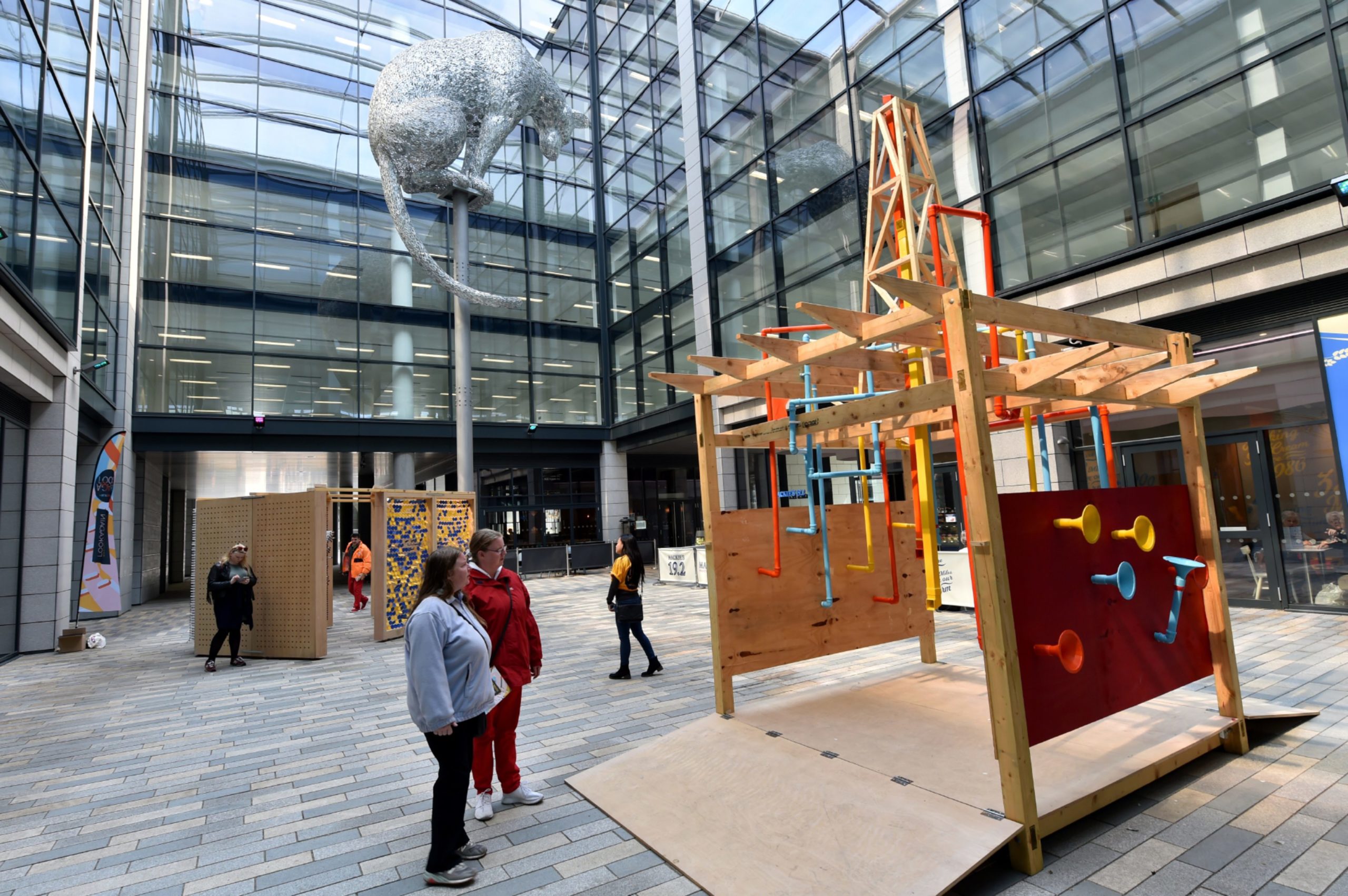Across the UK, high streets have taken a huge hit as a result of Covid-19.
Lockdown, and the shift to online retail have seen a devastating emptying-out of once thriving shopping streets, leaving not just vacant spaces, but some tough problems to solve: just what do we want from our city centres, now and in the future? And how can we reignite them as the kind of culturally rich, buzzy places where people want to spend their time and money?
It is increasingly clear that nostalgia-tinged ideas about returning to the high streets of the past will have to be ditched as we seek solutions to these new challenges.
Along with the exodus of familiar brands from the high street, there has been a growing interest in so-called “conscious consuming”, with customers wanting to know where products are from, how they are made, and how they impact on sustainability.
People like retail expert Mary Portas are now talking about the “kindness economy”, that puts people and the planet first when it comes to thinking about how we shop in future.
Time to think creatively to bring the buzz back
With such big challenges we’re going to have to think creatively. Cut to the latest graduate artists and designers entering an unrecognisably altered, post-Covid world.
The excellent education institutions in the north-east turn out all sorts of creative industry talents. Artists and creatives need space to make, show and sell work, to connect and engage with audiences.
With an unprecedented amount of empty space now looking for a purpose, surely it makes sense to allow the creatives in to reactivate them as galleries, pop-ups and studios, helping to create that buzz and attract people back into the heart of the city?
So my exciting news is…. I've been featured in the Designer Profile of the August 2021 issue of BRITISH VOGUE!!!
I've been keeping this a secret all year and I'm absolutely delighted to be sharing print with some of the most renowned designers in this iconic magazine!! 🙌✨💕 pic.twitter.com/gTBsXco0Ol
— Fernweh UK (@FernwehUK) July 3, 2021
At Look Again we have a great track record of supporting artists and creatives, not just through our festival, but also at events such as the highly successful HAAN Design Pop-Up at Aberdeen Art Gallery.
The quality of design on offer from north-east makers is as good as you will find anywhere in the UK. A great example is Fernweh, producers of beautiful hand-crafted bags, who are featured in this month’s Vogue.
Past successes demonstrate potential
Look Again has regularly opened empty shops to show creative work. Our festival in 2018 saw three units in St Andrew Street transformed into art galleries, showcasing work by recent graduates from Gray’s School of Art. Supported by Bon Accord shopping centre, the whole street came back to life for the festival.
Partnership between the city council, the universities and landlords is essential
One of the biggest hits in a similar vein that same year was the Etsy Summer Showcase, supporting over 40 local small businesses, and generating footfall of 25,000 in the former H&M unit.
This put money directly into the hands of the producers, supported the local creative economy and brought great knock-on benefits to other shops in the centre. It shows what can be done with a bit of joined-up thinking.
Emphasising regional distinctiveness
Look Again hasn’t stood still during the pandemic. Working with the Entrepreneurship and Innovation group at RGU, we have delivered a new Creative Entrepreneurship course to nearly 100 graduates since last March, highlighting the incredible range of talent in the north-east.
Many of these new businesses are driven by ideals of conscious consumption, and are creating fantastic work that speaks of our regional distinctiveness.
A great example is the newly formed MICA collective of six artists, designers and makers from Aberdeen and the Shire, who came together on the course. Named after the tiny silver specks that make our granite city sparkle in the sun, their mission is to inspire and ignite rejuvenation in the city centre.
Let’s support our creatives to reactivate the city centre
In order to rise to the challenge, there needs to be a new approach from the city itself. There are prohibitive bureaucratic challenges around business rates, licensing and leasing that can create huge disincentives to even the most passionate and motivated groups.
If we want to harness this new creative energy to reanimate the vacant space in our city centre, we need to build a consensus about how it will be supported, and genuinely create the conditions to enable innovation to happen.
Partnership between the city council, the universities and landlords is essential. Let’s join up the dots and support our creatives to reactivate our city centre. We’ll all feel the buzz and the benefit if we do.
Hilary Nicoll is co-director of Look Again, a creative unit based at Gray’s School of Art, RGU in Aberdeen


